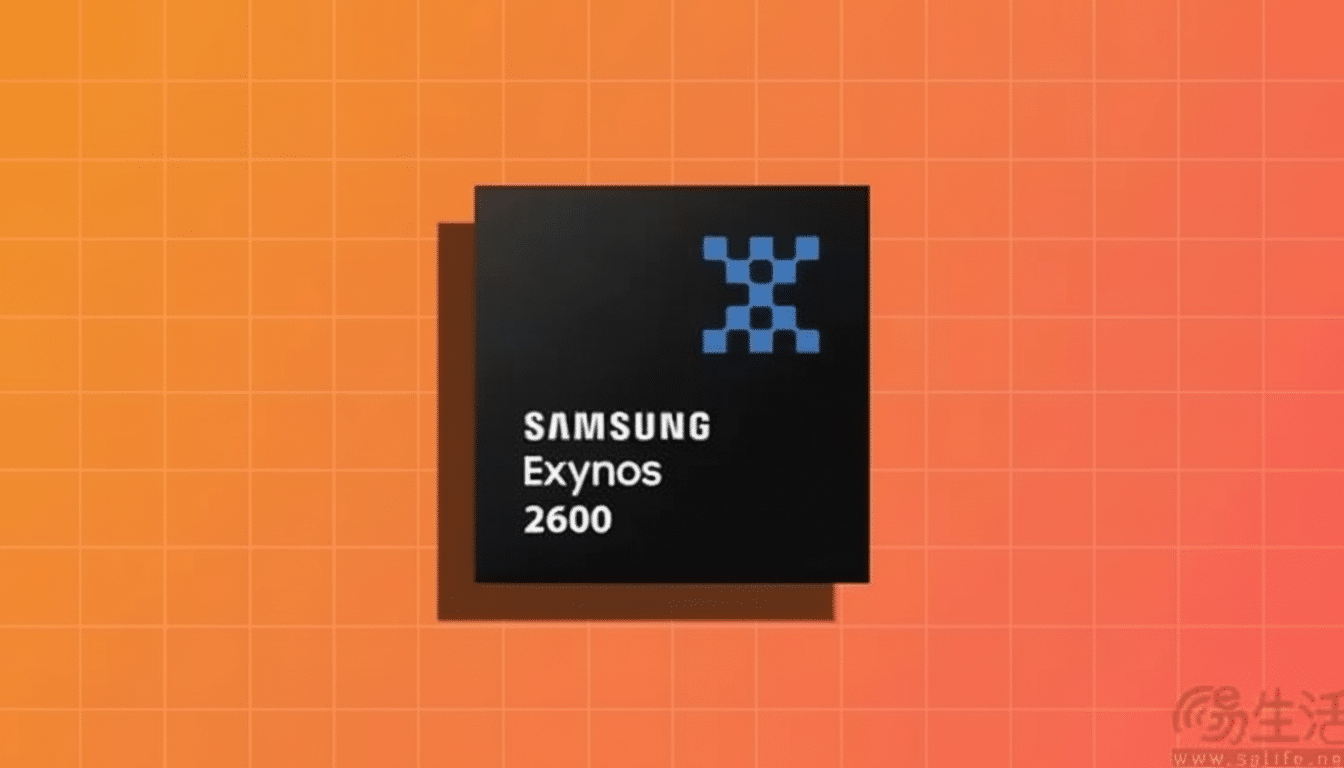Samsung may be pressing for as much as a $20 to $30 discount per Exynos 2600 chip compared to rival Qualcomm’s comparable flagship silicon, which could make the Exynos-powered Galaxy S26 and S26 Plus less expensive to build — but possibly not buy. Whether it goes exclusively toward margins as opposed to being passed on to consumers is a matter of some South Korean reports suggesting the former; Exynos models are said to ship in markets like Korea for one, while North America should be Snapdragon business as usual. The highest-end Ultra version is still widely expected to rely on Snapdragon globally.
What the reports say about Exynos 2600 pricing strategy
Samsung’s LSI division has reportedly been discussing with the company’s MX mobile unit the prospect of pricing the Exynos 2600 at a lower transfer price than its next-gen Snapdragon flagship, according to trade publication Chosun Biz. ET News has also reported separately that Exynos CPU versions of S26 and the S26 Plus seem to be in the cards for Korea and other parts of Asia (and possibly Europe), with Snapdragon variants destined for North America. This approach echoes recent cycles where Samsung separated chipsets by region to help even performance perceptions, supply, and cost.
- What the reports say about Exynos 2600 pricing strategy
- Why Less Expensive Chips Don’t Necessarily Mean Less Expensive Phones
- Regional strategy and the Exynos question
- Performance and real-world use across variants
- What it means for buyers in Exynos and Snapdragon regions
- What to watch next as Samsung finalizes S26 chip choices

Why Less Expensive Chips Don’t Necessarily Mean Less Expensive Phones
When you are talking tens of millions, a $20 to $30 cut matters. If Samsung delivers 10 million Exynos-powered S26 devices, that’s $200 million–$300 million in component savings. But there’s no guarantee that translates into lower shelf prices. Counterpoint Research’s teardown analysis suggests the application processor often comprises a slice of a flagship phone’s bill of materials, with overall BOM costs generally ranging from the mid-$400s to low-$500s depending on memory, camera, display, and modem expenses. A $25 silicon delta could translate to around 4% to 6% off the BOM — material for margins, thin gruel at retail.
There is also the brand positioning to take into account. With premium phones, you’re not competing on cost-plus math anymore. Manufacturers keep price points consistent in order to protect portfolio consistency, offset currency exchange rate risks, and support marketing, distribution, and multi-year software development. According to company disclosures, Samsung’s MX business has long run at low-teens operating margins, so cutting out silicon costs is an easy lever to protect profitability without reorganizing price tiers.
Regional strategy and the Exynos question
There are a number of advantages to the decision to keep Exynos models in Asia.
It trims the supply chain for a domestic chipset, falls in line with local carrier certifications, and might even appeal to buyers back home in Korea. It also affords Samsung flexibility to flex where Snapdragon inventory goes, depending on where its performance credentials and partner relationships dictate it should be sent. This split approach mitigates risk: should early runs need tuning up or thermals down, Samsung can iterate swiftly without disrupting a single global SKU.

For buyers, this could potentially mean the Galaxy S26 experience varying ever so slightly by market. Even the strength of radio bands, how modems behave in fringe coverage areas, and battery life can differ among chipsets. Samsung’s been making feature parity more of a thing across the various versions of its devices, but there are details that enthusiasts will hone in on — like consistency in camera processing and battery performance when gaming.
Performance and real-world use across variants
Historically, Exynos-headlining devices have lagged the Snapdragon variants in both power and efficiency at raw load. Independent testing (GSMArena, Notebookcheck) has consistently found Snapdragon versions to maintain higher clocks for longer and in some circumstances be cooler under full load. That being said, there was an instance where the gap closed a little with the most recent Exynos gen since Samsung focused on optimizations and GPU improvements.
Rumors indicate the Exynos 2600 will employ next-generation Arm CPU cores of a kind also predicted to feature in MediaTek’s upcoming Dimensity 9000 series, but Qualcomm’s upcoming Snapdragon is set to still focus on custom architecture and energy management. Benchmarks rarely paint the whole picture: scheduler tuning, thermal limits, and modem efficiency all play an outsized role in day-to-day user experience. If Samsung — and yes, I’m reaching for the stars here because it probably won’t, but hey, a guy can still dream, goddammit — tunes its system optimization well enough, Exynos models might be equally responsive in common tasks without necessarily conceding peak throughput to Snapdragon.
What it means for buyers in Exynos and Snapdragon regions
Don’t hold your breath for a sticker-price windfall just because Samsung gets to pay less for its in-house silicon. The most probable result would be increased profitability in Exynos regions and consistent retail pricing globally. If you live in Exynos territory and are most interested in gaming or the longest possible benchmark runs, a Snapdragon model might still tempt you — if it’s available. If performance, battery life, and camera quality are your top priorities, you might not notice much difference once Samsung’s tuning is in full effect.
What to watch next as Samsung finalizes S26 chip choices
That will include early thermals, battery endurance tests, and camera processing parity between the chipsets. Look for teardowns and BOM analysis from shops like Counterpoint Research to get a sense of how much of Samsung’s silicon savings it banks. Carrier feedback for markets that are powered by Exynos, and long-term support through software updates will also factor in. The headline for now is straightforward: Samsung is slashing the cost to build Exynos Galaxy S26 phones — buyers can’t count on seeing that savings at checkout.

